- Home
- Transportation
- China And The US Have Very Different Stereotypes For The Same Cars
China And The US Have Very Different Stereotypes For The Same Cars
Audi in America: The new luxury.

Audi in China: For the government elite.
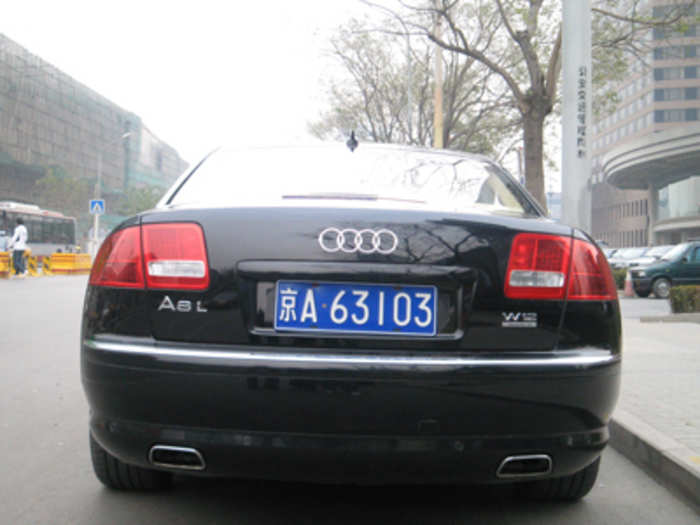
In China, Audi's are seen as the car of the government and elite.
They are the choice of the power class, Beijing taxi driver Wang Zhi told the New York Times: “It’s always best to yield to an Audi — you never know who you’re messing with, but chances are it’s someone self-important.”
Fast fact: Audi gained access to the Chinese market nearly 15 years before BMW, thanks to a shrewd partnership parent company VW made with Chinese automaker Yiqi.
BMW in America: The cars are great, their drivers are aggressive.
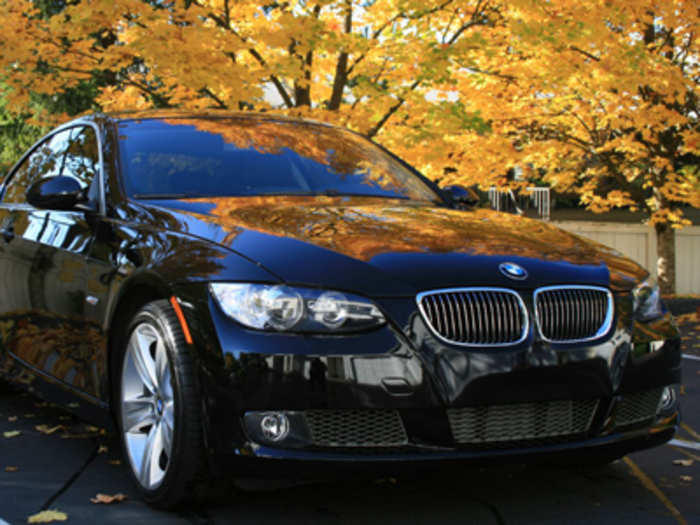
In America, BMWs are known for driving excellence. However, the buyers have often been seen as pretentious people as well as overly aggressive drivers.
Fast fact: BMW opened their first U.S. manufacturing facility in 1994 in Spartanburg, SC, to build the X5 and Z3.
BMW in China: A symbol of corruption.
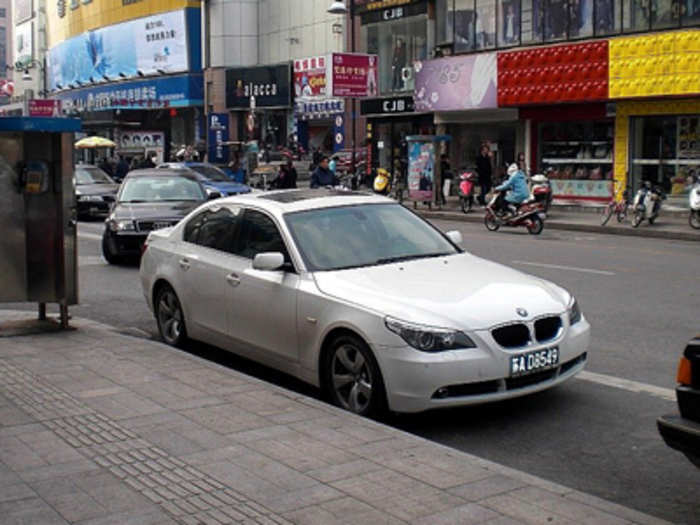
BMW's higher pricing in China has led to some very negative perceptions, especially when government officials are seen in one. It's a sign they may be spending funds incorrectly.
Fast fact: BMW has been building cars in China for ten years, and has invested $1.95 billion in the country. This month, it announced ZINORO, a new brand designed specially for the Chinese market.
Mercedes in America: The epitome of luxury.
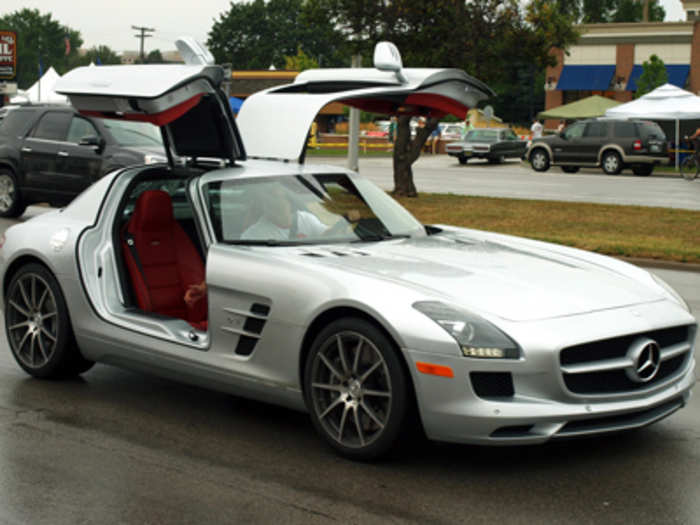
When someone mentions a luxury car, an image of the three-pointed-star logo and the name Mercedes-Benz almost immediately springs to mind. Mercedes are favored by those with old money and fans of classic luxury.
Fast fact: The Benz Patent-Motorwagen was the first purpose-built, self-propelled car and was first shown in 1886.
Mercedes in China: The conservative choice.
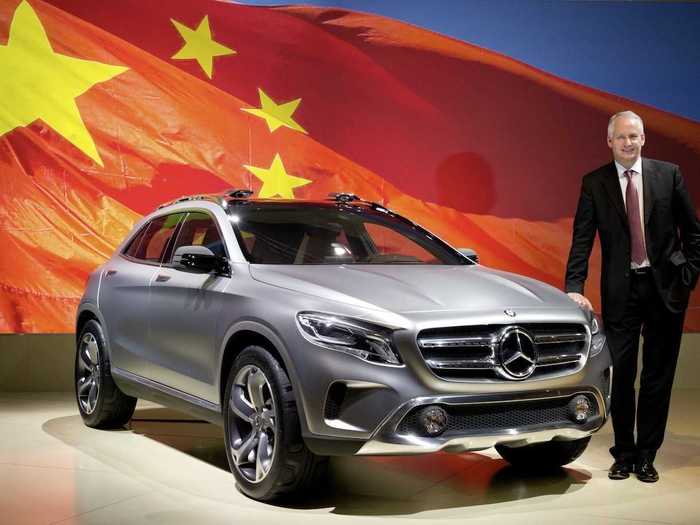
Mercedes-Benz has taken on the "Oldsmobile" role in China. They are seen as the car of the retired, and are not a strong statement, like an Audi or BMW. They are not daring, they are not outrageous.
Buying a Mercedes is a safe, conservative choice.
Fast fact: China is Mercedes' fastest growing market, and the brand is opening more than 50 new dealerships every year.
Buick in America: Your grandparents' ride.
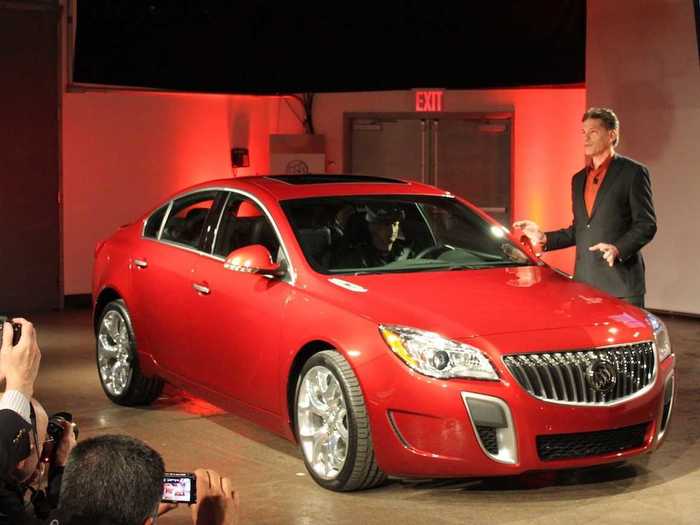
Buick has been trying to reinvent itself in the US for decades. While sales have been steadily approaching pre-2008 levels, the brand does not have much excitement to offer young Americans.
Fast fact: Buick incorporated in 1903 and is the oldest American automaker still selling cars.
Buick in China: The fashionable accessory.
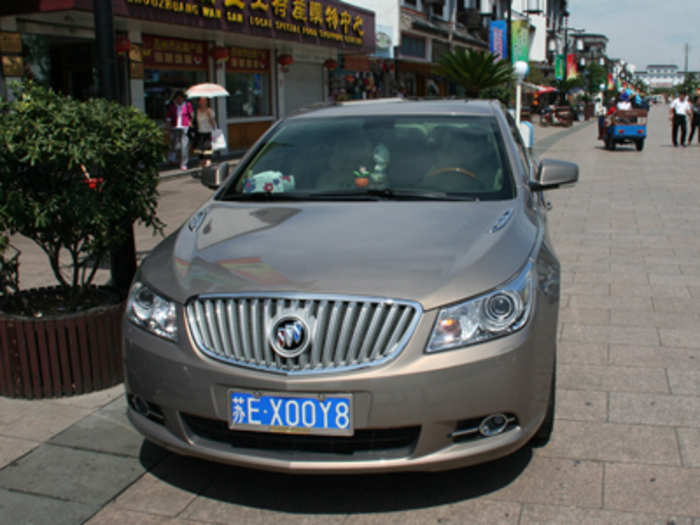
And this brings us to Buick in China. What was once declared a "damaged brand" by GM VP Bob Lutz has come back in spades. Buicks are seen as the hottest luxury cars in China, which makes them a status symbol.
The Buick Excelle (called the Verano in the US) was the number one passenger car in China in 2011. The next year, Buick's sales in the country jumped 8%.
J.D. Power & Associates predicts total sales could hit 1 million by 2016, according to the Detroit Free Press.
Fast fact: Some of the interest in Buicks is legacy based; China's last emperor and first president drove them.
Minivans in the US: Kid-movers.
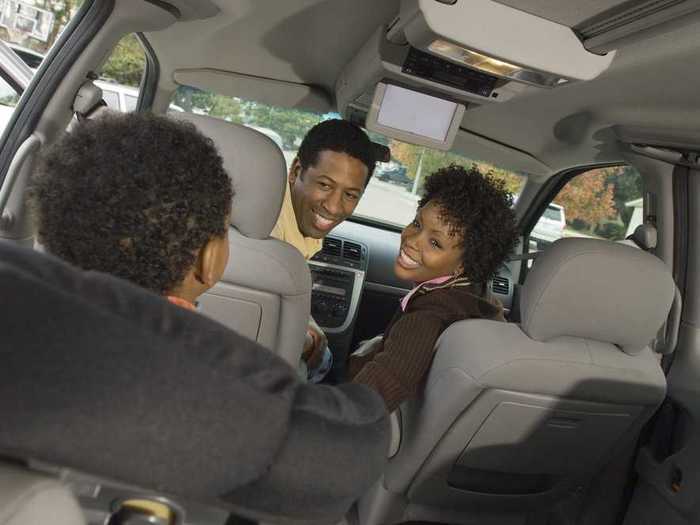
The minivan has a well-earned reputation in the United States as the way soccer moms and dads move kids around the suburbs.
Fast fact: The Stout Scarab, the world's first production minivan, hit the road in 1936 with a removable table and seats that swiveled 180 degrees.
Minivans in China: The hot new ride for executives.
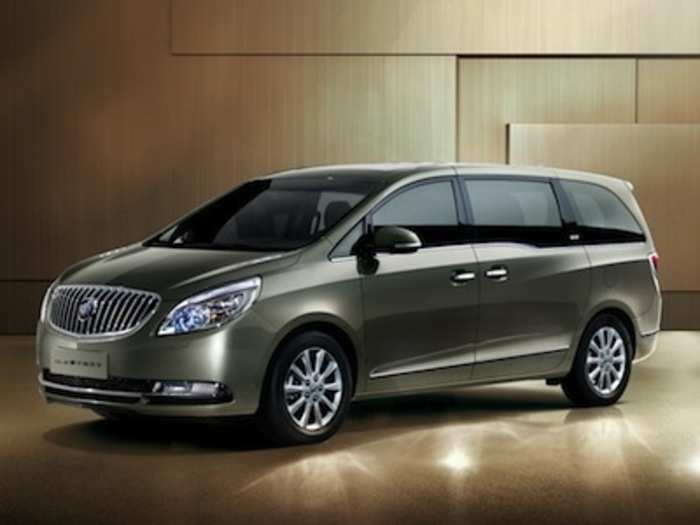
Chinese high-powered executives have bought hundreds of thousands of the typically family-centered vehicle over the past decade, creating a surprising new luxury market, according to the Detroit Free Press.
Fast fact: In 2010, GM capitalized on the trend with the luxury version of its Buick GL8 minivan made just for China, with an interior inspired by luxury yachts, featuring leather seats, power outlets, automatic doors, and a 10-speaker sound system by Bose.
Toyota in the US: Dependable affordability.
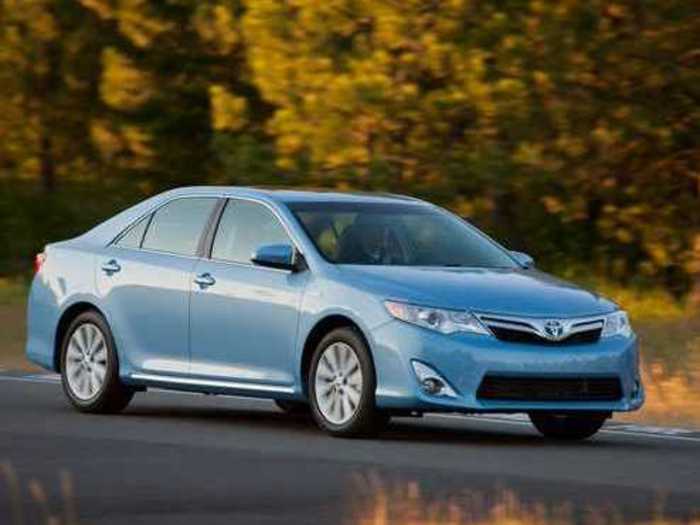
For Americans, Toyota models like the Camry and Corolla have long been viewed as dependable, is somewhat boring sedans.
They do the job and stay out of the shop (although that reputation has been marred recently by waves of recalls).
Toyota in China: A hot button political issue.
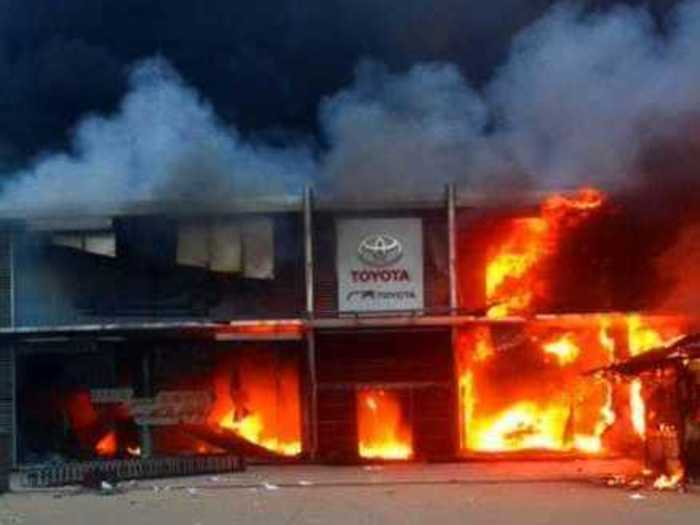
Toyota's sales plummeted in China last year in the wake of violent protests and boycotts of Japanese products, sparked by the nations' dispute over a group of islands in the East China Sea.
Along with other Japanese automakers, it was forced to cut its production in half.
Now see the future of cars in China.
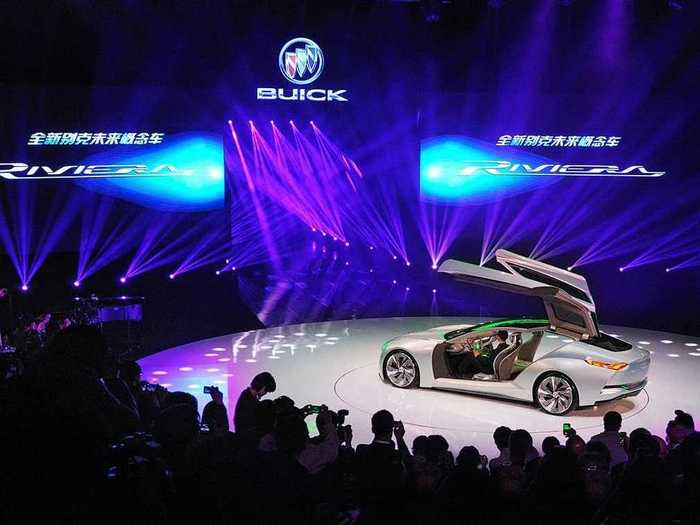
Popular Right Now
Advertisement